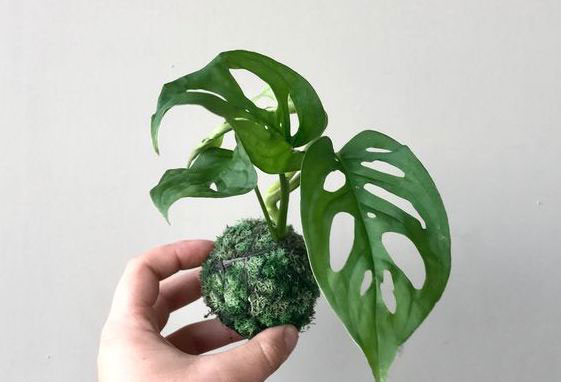Rhaphidophora Tetrasperma (Mini Monstera) Care Guide
Written by Iris
Jan 16 2023
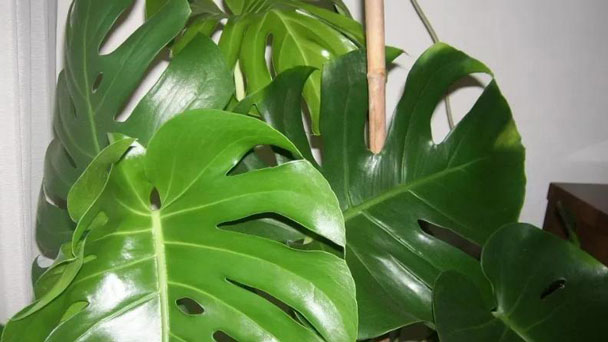
Rhaphidophora tetrasperma (Mini monstera) is an exotic vine. Rhaphidophora tetrasperma was introduced in 1893 and belongs to tropical areas of southern Thailand and Malaysia. As you age, dark green, heart-shaped, lustrous leaves form the typical fenestrations that give the plant a beautiful appearance. This diminutive domestic plant is known for its lovely appearance and bouncy properties.
Make sure you have one or more leaf nodes on your cuttings. Roots will form from the lowest leaf nodes, so be sure to place them below the surface of the water or soil.
If you choose to breed your rhaphidophora tetrasperma plant in water, you should keep the environment fresh and change the water at least once a day. When the roots are about 1-2 inches (2-5 cm) long, the cut will be ready to transfer to the potting mixture in a few weeks.
But for cuttings that have been placed in the mixture since breeding, it takes about a month to take root. During this time, you need to keep it active and then very carefully check the plant for any resistance. If there are, that means the roots have developed and are ready to be nursed as a new Rhaphidophora Tetrasperma plant.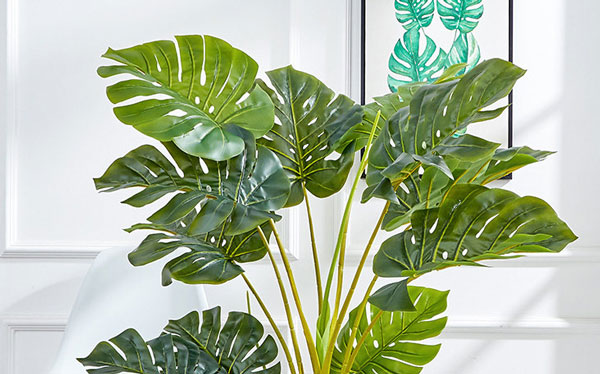
This means that Rhophidophora Tetrasperma thrives in bright indirect light. It doesn't like direct sunlight. It can tolerate short bursts of direct sunlight near the east-facing window. However, any more direct sunlight than that, and the leaves of your Rhaphidophora tetrasperma turn yellow and die.
Do not mistake its preference for indirect light and its tolerance for low light. A lot of indirect light makes for a happy Rhaphidophora tetrasperma. If you're wintering in a room without any natural light, you may need to give it some time under a gentle growth lamp to keep it happy. Feel free to move your Rhaphidophora Tetrasperma outdoors during the summer. It will be happy in the shade of a tree or under the awning of your house. (Read More about saving yellow leaves of Monstera.)
This is the mix I use with approximate measurements: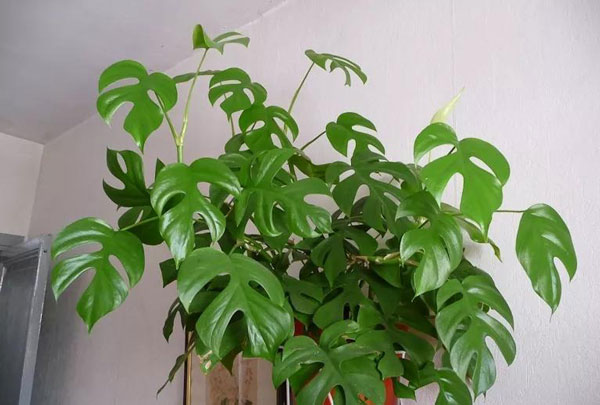
As you might expect from a jungle plant, Rhaphidophora Tetrasperma thrives in humid conditions, but is not demanding. Rhaphidophora Tetrasperma will prefer a pebblestone tray or humidifier, but normal household humidity will do. Occasional sprays can also help.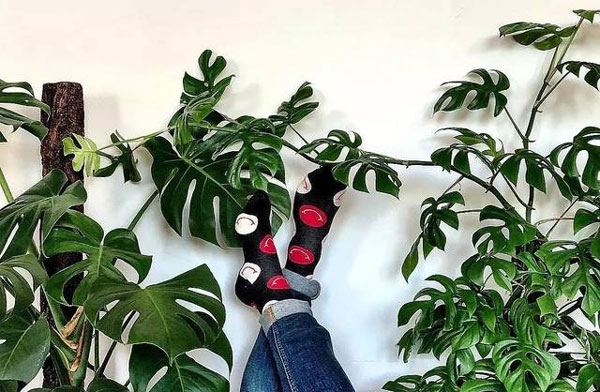
Spider mites
Spider mites are the most common pests that will plague your four red spiders either internally or externally. These pests damage plants by attaching themselves to their leaves and sucking up nutrients. One of the most natural ways to get rid of the red spider problem is to use neem oil.
Root rot
Although tetrasperma plants are usually resistant to disease, root rot can cause them problems. These plants are highly susceptible to root rot, and once the fungal disease has started to spread, it may not recover. Root rot is caused mainly by too much water around the roots of plants, especially standing water. A better option would be to take measures to prevent disease by monitoring water content and using well-drained soil.
Powder pest
Mealybugs are most common in warm environments, making them a common pest of the four mealybugs that can only grow outdoors in warm climates.
The easiest way to get rid of mealybugs is to swab them with a cotton swab dipped in alcohol. Lighter insecticides can also be used to treat larger pests. For prevention, occasional spraying of neem oil is an easy way to stop mealybugs from eating plants.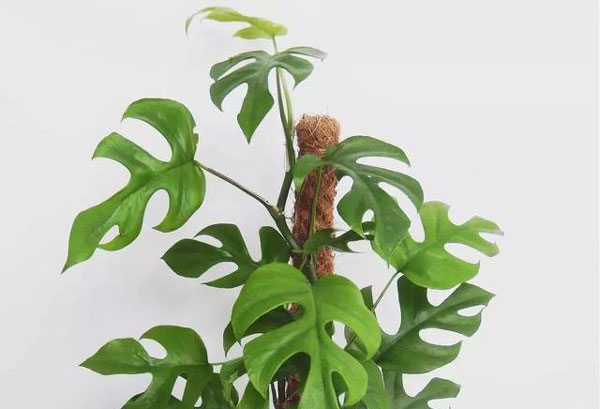
Read More:
Where to Propagate Rhaphidophora TetraspermaHow to Grow Rhaphidophora tetrasperma (Mini Monstera)How to Care for Rhaphidophora tetrasperma (Mini monstera)Rhaphidophora Tetrasperma Light CareRhaphidophora Tetrasperma Soil CareRhaphidophora Tetrasperma WateringRhaphidophora Tetrasperma Temperature & Humidity CareFertilizer CareRhaphidophora Tetrasperma Pruning CareRhaphidophora Tetrasperma Pests & Diseases CareRhaphidophora tetrasperma (Mini monstera) FAQHow do You Make a Rhaphidophora Tetrasperma Bushy?Does a Mini Monstera Climb?How do You Make a Mini Monstera Climb?Why is My Rhaphidophora Tetrasperma Drooping?Why is My Rhaphidophora Turning Yellow?
Where to Propagate Rhaphidophora Tetrasperma
Try propagating your Mini Monstera in the window of a room facing north or in a city window facing another building. In a room with direct sunlight, place rhaphidophora tetrasperma away from a window so it gets a lot of indirect light.How to Grow Rhaphidophora tetrasperma (Mini Monstera)
When you start to notice the leaf nodes on the rhaphidophora Tetraspermas plant, this is the perfect opportunity to turn it into a new little plant. Breeding these mini turtleback bamboo plants is very easy, as all you need to do is take a tuber from the mother plant and place it in a glass of water or the roots in potting soil.Make sure you have one or more leaf nodes on your cuttings. Roots will form from the lowest leaf nodes, so be sure to place them below the surface of the water or soil.
If you choose to breed your rhaphidophora tetrasperma plant in water, you should keep the environment fresh and change the water at least once a day. When the roots are about 1-2 inches (2-5 cm) long, the cut will be ready to transfer to the potting mixture in a few weeks.
But for cuttings that have been placed in the mixture since breeding, it takes about a month to take root. During this time, you need to keep it active and then very carefully check the plant for any resistance. If there are, that means the roots have developed and are ready to be nursed as a new Rhaphidophora Tetrasperma plant.

How to Care for Rhaphidophora tetrasperma (Mini monstera)
Rhaphidophora Tetrasperma Light Care
Like many jungle plants, Rhaphidophora Tetrasperma grows beneath the tree canopy. However, it is also a vine that lifts itself off the jungle floor to bask above low-lying plants.This means that Rhophidophora Tetrasperma thrives in bright indirect light. It doesn't like direct sunlight. It can tolerate short bursts of direct sunlight near the east-facing window. However, any more direct sunlight than that, and the leaves of your Rhaphidophora tetrasperma turn yellow and die.
Do not mistake its preference for indirect light and its tolerance for low light. A lot of indirect light makes for a happy Rhaphidophora tetrasperma. If you're wintering in a room without any natural light, you may need to give it some time under a gentle growth lamp to keep it happy. Feel free to move your Rhaphidophora Tetrasperma outdoors during the summer. It will be happy in the shade of a tree or under the awning of your house. (Read More about saving yellow leaves of Monstera.)
Rhaphidophora Tetrasperma Soil Care
Monstera minimas like a mix rich in peat that is well-drained. I prefer to use coco fiber which is similar but a more sustainable alternative to peat moss.This is the mix I use with approximate measurements:
- 1/2 potting soil. I alternate between Ocean Forest & Happy Frog.
- 1/2 coco fiber.
- Add in a few handfuls of coco chips (similar to orchid bark) and a few handfuls of compost.
- End by top dressing with a 1/4 – 1/2″ layer of worm compost.
- 3 alternate mixes:
- 1/2 potting soil, 1/2 orchid bark or coco chips or
- 3/4 potting soil, 1/4 pumice or perlite or
- 1/2 potting soil, 1/2 coco fiber or peat moss
Rhaphidophora Tetrasperma Watering
Rhaphidophora tetrasperma is thirsty but not very sensitive to water. Rhaphidophora Tetrasperma prefers constant, moderate moisture, but occasionally dries out. Be sure to check the soil frequently to avoid drying it out too often or for too long. Water when the soil is dry to the first digit of an inch or thumb. This can happen about once every other week in winter. However, Rhaphidophora Tetrasperma gets thirsty during spring and summer, when plants are in active growth mode, so monitor the soil frequently.
Rhaphidophora Tetrasperma Temperature & Humidity Care
Rhaphidophora Tetrasperma can tolerate a fairly wide temperature range if other needs are met, but it thrives in the 55-85 degrees Fahrenheit range. Rhaphidophora Tetrasperma is not frost resistant, so move it indoors during the cold season, unless you live in zone 10 or higher. You also need to take precautions when summer temperatures exceed 95 degrees, which can cause it to wilt.As you might expect from a jungle plant, Rhaphidophora Tetrasperma thrives in humid conditions, but is not demanding. Rhaphidophora Tetrasperma will prefer a pebblestone tray or humidifier, but normal household humidity will do. Occasional sprays can also help.
Fertilizer Care
Rhaphidophora Tetrasperma prefers loose, thick soil to standard potting soil. It is possible to make your own loose potting mixture from scratch, or mix standard potting soil with an aerated addition such as perlite, orchid mixture or cocoa chips. During the growing season, feed Tetrasperma regularly with diluted fertilizer (recommended concentration of 50%). Slow-release organic fertilizers are preferred. Use a balanced or micro nitrogen fertilizer. Avoid fertilizing in the fall and winter unless your plants are still showing signs of active growth. Rhaphidophora tetrasperma has sensitive roots and is prone to overfertilization. Overfertilizing can lead to yellowing, burning or premature death.Rhaphidophora Tetrasperma Pruning Care
Whether you need to actively trim your Rhaphidophora Tetrasperma is up to you. You may prefer shorter, thicker plants. You can train one or more long vines on the wall, pruning away any additional branches. You might leave it naturally. However, in most cases, regular pruning will improve the health and appearance of your Rhaphidophora Tetrasperma. Use a sterile blade to cut the plant one inch below the node. It is best to choose a node with visible aerial root growth where you can easily spread the removed portion. You don't need to add anything to the cut tissue, and the plant heals easily from a clean cut.
Rhaphidophora Tetrasperma Pests & Diseases Care
For the most part, Rhaphidophora Tetrasperma is a resilient plant that can resist most pests and diseases, but there are a few things to watch out for. Knowing which diseases are most common can help you prepare to deal with these problems as they arise. In most cases, some precautions can also be taken.Spider mites
Spider mites are the most common pests that will plague your four red spiders either internally or externally. These pests damage plants by attaching themselves to their leaves and sucking up nutrients. One of the most natural ways to get rid of the red spider problem is to use neem oil.
Root rot
Although tetrasperma plants are usually resistant to disease, root rot can cause them problems. These plants are highly susceptible to root rot, and once the fungal disease has started to spread, it may not recover. Root rot is caused mainly by too much water around the roots of plants, especially standing water. A better option would be to take measures to prevent disease by monitoring water content and using well-drained soil.
Powder pest
Mealybugs are most common in warm environments, making them a common pest of the four mealybugs that can only grow outdoors in warm climates.
The easiest way to get rid of mealybugs is to swab them with a cotton swab dipped in alcohol. Lighter insecticides can also be used to treat larger pests. For prevention, occasional spraying of neem oil is an easy way to stop mealybugs from eating plants.

Rhaphidophora tetrasperma (Mini monstera) FAQ
How do You Make a Rhaphidophora Tetrasperma Bushy?
That is done by tip pruning or more extensive pruning. The extent of pruning needed to be done depends on how rangy your Tetrasperma is & how bushy you want it to be.Does a Mini Monstera Climb?
Yes, it does. It climbs by attaching to whatever it’s growing on via the roots that emerge from nodes on the stems.How do You Make a Mini Monstera Climb?
You make it climb by providing a means of support – moss pole, trellis, piece of bark, etc. Attach the stem(s) with something like jute twine so they stay adhered & the roots have something to grow onto.Why is My Rhaphidophora Tetrasperma Drooping?
Common reasons would be too little water or heat stress. Too much water could cause it too.Why is My Rhaphidophora Turning Yellow?
The most common reasons would be: the roots have been kept too wet (due to watering too often or lack of drainage in the soil mix), the plant was growing in too much sun, or the soil has been kept dry for too long.Read More:
- Monstera Lechleriana Care Guide 2021
- Monstera Borsigiana VS Monstera Deliciosa
- How to Grow and Care for Split Leaf
- How to Grow and Care for Monstera Obliqua Plant
- Philodendron Monstera Care & Propagation
- Rhaphidophora Tetrasperma (Mini Monstera) Care Guide
- Rhaphidophora Tetrasperma (Mini Monstera) Profile
Latest Updated
- Benefits of Bugleweed - 7 Science-backed Health Benefits
- Bugleweed Dangers & Side Effects - Is It Poisonous?
- How to Plant Evergreen Trees - What You Should Know
- When to Plant Evergreens - Grow Guide for Evergreen Trees
- 12 Wonderful Evergreen Shrubs for Your Garden
- 12 Popular Evergreen Plants with Pictures for Beginners
- When And How To Prune A Lilac Bush Like a Pro
- How to Grow & Care for Lilac Vine (Hardenbergia Violacea)
- Japanese Lilac Tree (Syringa Reticulata) Care & Propagation Guide
- Shumard Oak Pros and Cons - What to Know
Popular Articles
- Winter maintenance of Antirrhinum Majus
- How to Grow Terminalia Mantaly Tree
- How to Grow and Care for Crossostephium Chinense
- How to grow Antirrhinum Majus in spring
- Peristeria Elata (Dove Orchid) Profile: Info & Care Guide
- Underwatered Snake Plant (Sansevieria Trifasciata) - Signs And How To Fix
- How to Care for Brazilian Jasmine Plant (Mandevilla Sanderi)
- How to Grow & Care for Graptopetalum Purple Delight in Summer
- Rosa Chinensis (China Rose): Plant Growing & Care Tips
- How to Care for Baby Sun Rose (Aptenia Cordifolia)
